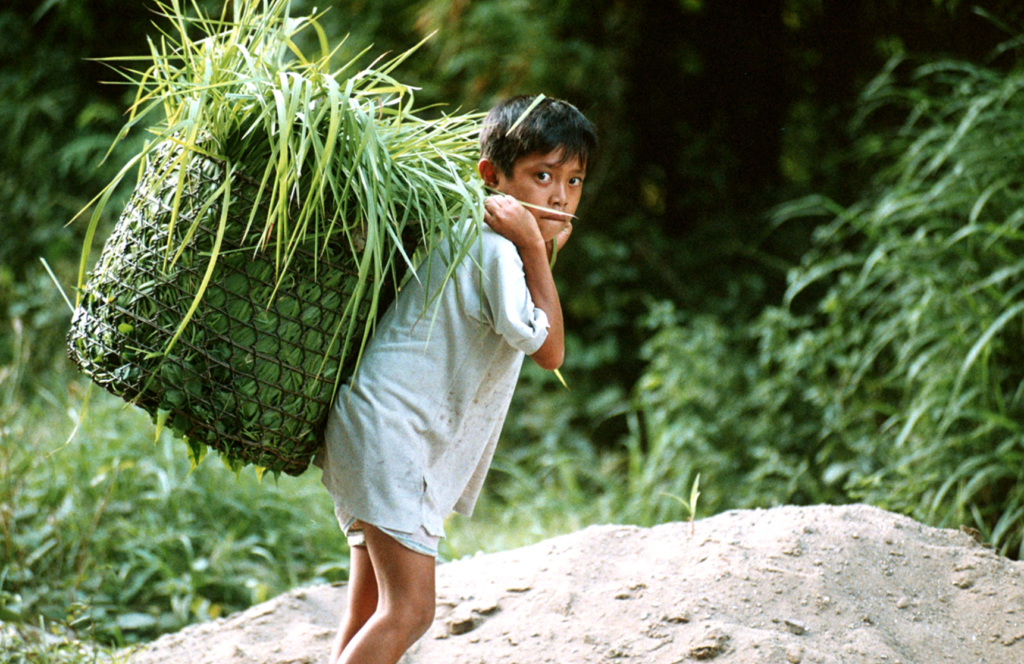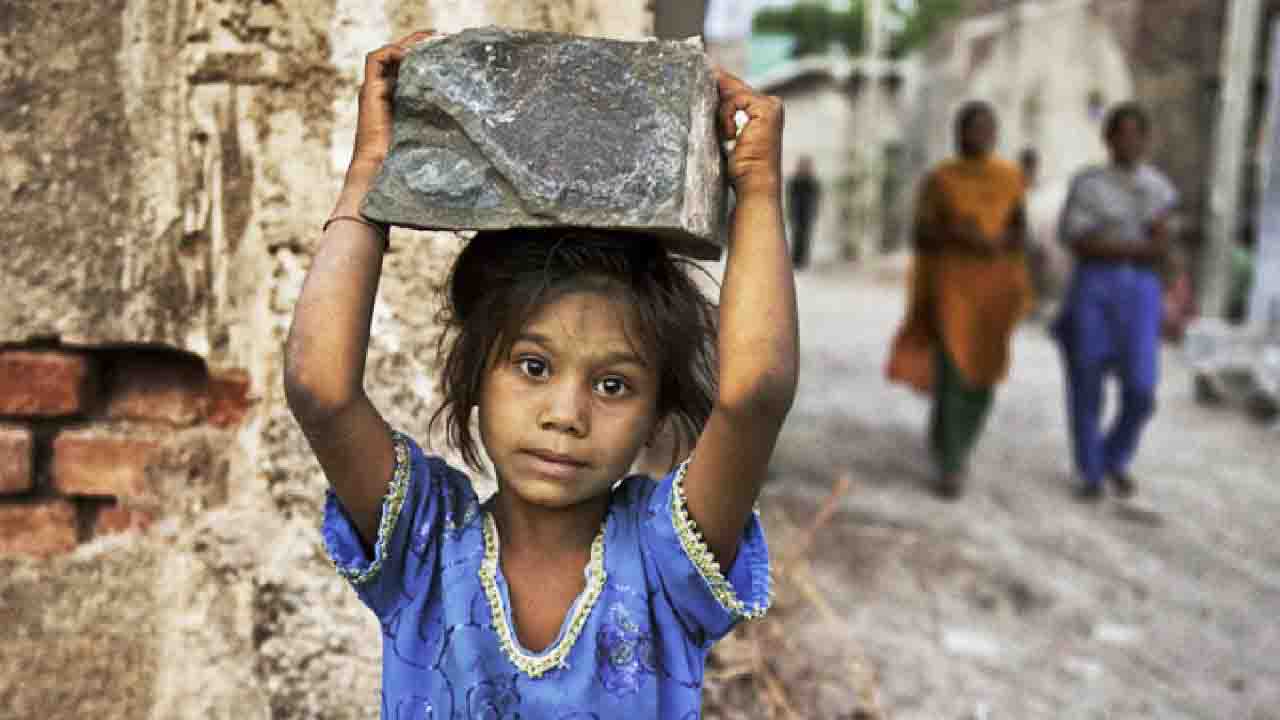Pakistan (Commonwealth Union)_ According to a UN report published on the World Day Against Child Labor, approximately 3.4 million children in Pakistan are involved in child labor, which condemns them to a life plagued by poverty and deprivation. The report, released on June 12, highlights that globally, a staggering 160 million children are trapped in exploitative labor. Recent conflicts, economic crises, and the disruptive impact of the Covid-19 pandemic have not only impeded the progress achieved since 2000 but have also compelled millions more children to engage in child labor.

Child labor remains a persistent issue in Pakistan, transcending various sectors, but its prevalence is particularly pervasive in the rural economy. Notably, the agricultural sector, spanning across all South Asian countries, including Pakistan, absorbs the largest proportion of child workers. In terms of child labor, Africa takes the top spot among regions, with one-fifth of its children affected, constituting a staggering 72 million in absolute numbers. Asia and the Pacific come in second place, with 7 percent of all children in the region engaged in child labor, amounting to 62 million. Pakistan stands out as a country where children are particularly vulnerable to various forms of violence and exploitation, including economic exploitation and trafficking. Further, birth registration, which serves as legal proof of a child’s age, is significantly low in Pakistan, with only 34 percent of children under the age of five registered at birth nationwide.
Another UN report reveals that South Asia has a total of 16.7 million child laborers aged 5 to 17, out of which 10.3 million fall within the 5 to 14 year age range. Among these child laborers, those between the ages of 5 and 11 constitute approximately one-fifth of the total in South Asia. Estimates of child labor vary significantly across South Asian countries. According to data, India has the highest number of child laborers in the 5 to 17-year age range with 5.8 million children, followed by Bangladesh with 5.0 million, Pakistan with 3.4 million, and Nepal with 2.0 million. In relative terms, Nepal faces the highest risk of child labor within South Asia, with more than one-quarter (26 percent) of all 5 to 17-year-olds involved in such work.

Significant proportions of employment for 15- to 17-year-olds are hazardous: 75% in Bangladesh, 72% in Sri Lanka, 41% in Pakistan, 30% in Nepal, 20% in India, and 6% in Bhutan. The proportion of employment accounted for by family labor declines as children grow older. The bulk of 7- to 14-year-old workers in Bhutan, India, Nepal, and Sri Lanka, and 10- to 14-year-old workers in Pakistan, perform family work. In several South Asian countries, girls’ school attendance continues to drop. In Pakistan, females aged 10 to 17 are nearly 15 percent less likely to attend school than boys of the same age.

Notably, four South Asian nations have the greatest gender disparities in the world. Pakistan (82:100) and Afghanistan (71:100) have large gender disparities in favor of girls, whereas Bangladesh (94 boys: 100 girls) and Nepal (92:100) have large gender disparities in favor of boys. In the majority of South Asian countries, rural children encounter greater obstacles than urban children. In Bhutan and Nepal, rural kids between the ages of 7 and 17 are more than twice as likely to be employed. In Bhutan, India, and Nepal, rural children have a school attendance rate that is more than four percentage points lower than urban children, and in every country reporting data besides Sri Lanka, rural kids are more likely to be absent from education and employment statistics.








